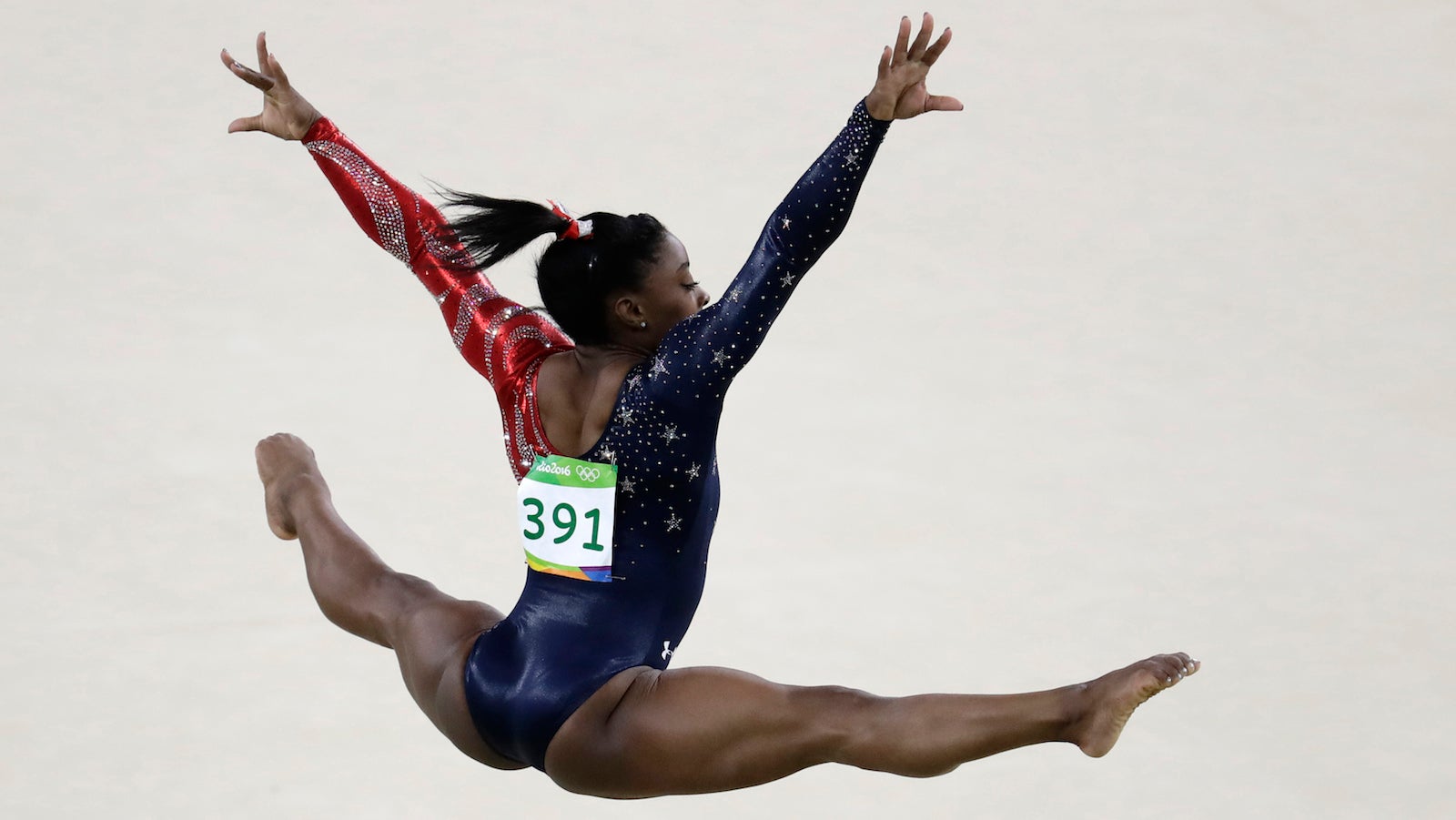Simone Biles and the US Olympic gymnastics team are forcing us to take teenage girls seriously
There are good odds that the US women’s gymnastics team will succeed at defending their Olympic team title today (Aug. 9), starting at 3pm ET, with television viewing starting at 8pm in the US on NBC.


There are good odds that the US women’s gymnastics team will succeed at defending their Olympic team title today (Aug. 9), starting at 3pm ET, with television viewing starting at 8pm in the US on NBC.
The team finished qualifiers nearly 10 points ahead of second place China over the weekend. And while those scores will be scrapped during the finals, Team USA will certainly look to meet or top its performance. With a stacked team including Simone Biles, whose challenging routines are untouchable on the vault, floor, and beam, and four other talented gymnasts who are favored to win top scores in each event as well as a shaky start from rivals China and Russia, winning looks very plausible.
Simone Biles floored audiences during the qualifiers over the weekend. The 19-year-old, who could leave Rio with five of the six gold medals awarded in women’s gymnastics, earned top scores in three out of the four Olympic events. She easily qualified first on the vault; impressed with her signature move—the Biles—during the floor exercise; and received a standing ovation when she stuck the dismount on the beam in her final routine of the day.
All five Americans on the US team—Biles, 19, Aly Raisman, 22, Gabby Douglas, 20, Laurie Hernandez, 16, and Madison Kocian, 19—qualified for individual event finals, which start later in the week, according to Team USA. It’s hard not to marvel at their extraordinary athleticism.
Biles is older than Douglas and Raisman were when they won their first golds in 2012, and five years older than Romania’s Nadia Comaneci was when she made history by scoring the first perfect “10” to win gold in 1976. But like her teammates and other great athletes, Biles has been working towards this since she was in primary school.
At ages when most teenagers are pondering their futures, these gymnasts have trained to develop technical prowess that ordinary kids can’t imagine. “I can’t even tell you how hard we’ve been working in the gym every single day,” Raisman said after the qualifiers. Gymnastics may be the most ”feminine” sport, as New York Magazine’s Megan O’Rourke called it, but it’s also brutal, grueling work, and not for the weak, or weak at heart.
“It dramatizes obsessive determination,” O’Rourke wrote last month. “Teenage girls are often portrayed, even today, as rather vapid creatures, but here we get to see them take themselves incredibly seriously.”
Comaneci’s 1976 performance inspired young girls around the world to pursue the sport. Olympic gymnasts, who once waited to compete until they were in their 20s and 30s, got younger and younger. Mary Lou Retton was 16 when she became the first US woman to win a gold medal in the individual Olympic all-around in 1984.
In 1981, amid concerns about the toll the sport took on young girls, the international governing body of gymnastics changed the age limit for Olympic participation from 14 to 15. In 1997, it was bumped up to 16. That was shortly after the 1996 US women’s team, the “Magnificent Seven,” who ranged in ages from 14 to 19, cleaned up at the Atlanta games.
Now, with an open scoring system in place that factors in difficulty as well as execution, the US gymnastics team is further elevating the bar of what it means to be an Olympic gymnast. When this team competes, it competes against itself and strives for perfection. Biles and her teammates master a range of techniques in their show-stopping numbers.
“16 for 16,” Raisman told her teammates after the qualifiers, meaning they landed all 16 of the routines performed that day. They want every girl on the team to dominate in each category.
It’s no longer possible to score a true “perfect 10” with the current open-ended system, which has no cap on the difficulty scale. The highest anyone has scored is a 17.1, and scores of 15 or more are reportedly great. During qualifiers, Biles scored a 16.0 and 16.1 on the vault, while Raisman, Douglas, and Hernandez each posted scores of more than 15.
There’s a dark side to having teenagers compete at such high levels as well. The sport has had issues with sexual abuse in the past, and cases have reportedly gone ignored in the US. And, while gymnastics no longer prioritizes slender builds—this US team boasts a variety of body types—it still places extreme pressures on girls’ bodies.
But this US women’s team is resilient. When they’re not competing or practicing, they act like average American teens—celebrating with silly post-performance dances and losing their cool over meeting track star Usain Bolt.
And despite the fierce competition with one another for gold, the team supports each other. Douglas wrapped Raisman up in a hug after her balance-beam routine, though she edged out Douglas in qualifying for the individual all-around finals. And the team cheered Biles on from the sidelines, telling her to imagine she was back in the gym, and rising from their seats in excitement when she landed a routine they’ve watched her practice countless times.